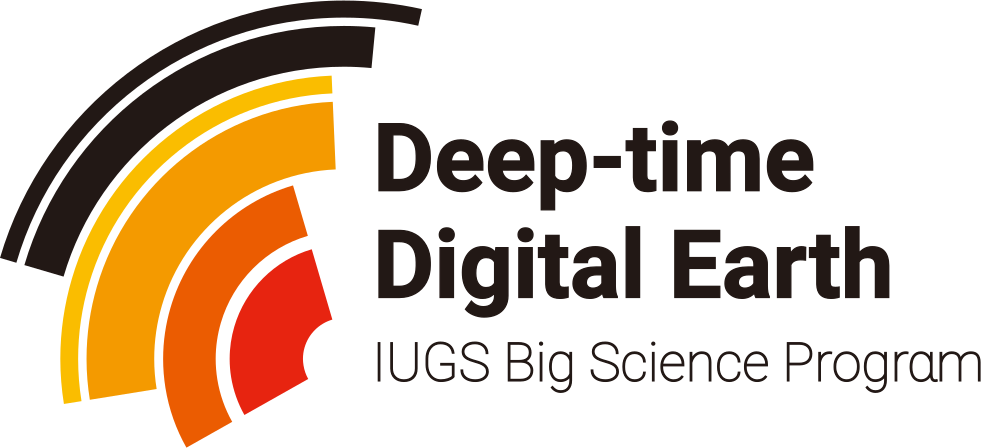
Quantum statistical mechanics

Quantum statistical mechanics is statistical mechanics applied to quantum mechanical systems. In quantum mechanics a statistical ensemble (probability distribution over possible quantum states) is described by a density operator S, which is a non-negative, self-adjoint, trace-class operator of trace 1 on the Hilbert space H describing the quantum system. This can be shown under various mathematical formalisms for quantum mechanics. One such formalism is provided by quantum logic. Quantum statistical mechanics is statistical mechanics applied to quantum mechanical systems. In quantum mechanics a statistical ensemble (probability distribution over possible quantum states) is described by a density operator S, which is a non-negative, self-adjoint, trace-class operator of trace 1 on the Hilbert space H describing the quantum system. This can be shown under various mathematical formalisms for quantum mechanics. One such formalism is provided by quantum logic. From classical probability theory, we know that the expectation of a random variable X is defined by its distribution DX by assuming, of course, that the random variable is integrable or that the random variable is non-negative. Similarly, let A be an observable of a quantum mechanical system. A is given by a densely defined self-adjoint operator on H. The spectral measure of A defined by uniquely determines A and conversely, is uniquely determined by A. EA is a boolean homomorphism from the Borel subsets of R into the lattice Q of self-adjoint projections of H. In analogy with probability theory, given a state S, we introduce the distribution of A under S which is the probability measure defined on the Borel subsets of R by Similarly, the expected value of A is defined in terms of the probability distribution DA by Note that this expectation is relative to the mixed state S which is used in the definition of DA. Remark. For technical reasons, one needs to consider separately the positive and negative parts of A defined by the Borel functional calculus for unbounded operators.


